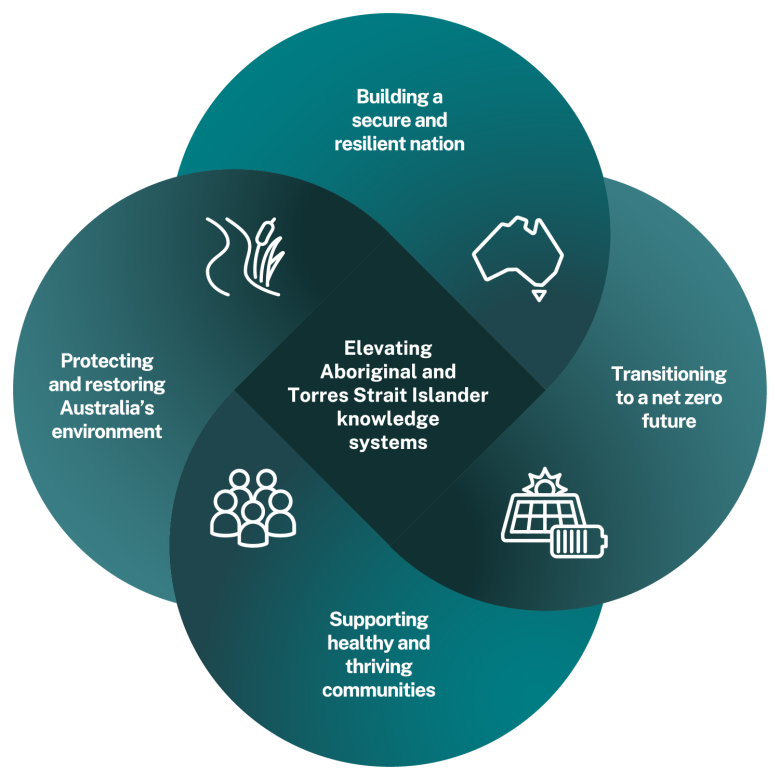These priorities align with 7 principles the government set to guide their development.
Be community-informed
The first phase of the national conversation received 313 written submissions from people and organisations.
Australia’s Chief Scientist engaged with the community, research, and industry sectors at more than 30 roundtables across the country and online. A further 23 workshops helped us refine the draft priorities.
The second phase of consultation invited feedback on draft priorities and input to inform the statement. It received more than 170 written submissions.
Be ambitious and purpose-driven
The community-informed priorities identify the major challenges and opportunities Australia will face now and in the coming decades. They show industry and the research sector the direction we must take over the next decade to have a meaningful impact.
Be evidence-based
The priorities were informed by:
- community input through the national conversation
- expert advice
- existing government priorities.
Be enduring and responsive
The outcomes have a time horizon of 10 years. Critical research has a time horizon of 5 to 10 years, which we can adjust in response to new information.
Be relevant
A review of the priorities will occur every 5 years to:
- monitor progress
- adjust priorities if needed, to ensure they remain relevant
- harness new opportunities.
Be focused
The 5 priorities reflect the major societal domains with the biggest challenges and opportunities.
The outcomes identify the areas of each priority where science and research can contribute significant knowledge.
The critical research identifies major knowledge gaps we need to address for maximum impact and societal benefit.
Inform investments
The priorities will help guide government policy and investment in science and research. However, they are not the only way of doing this.


